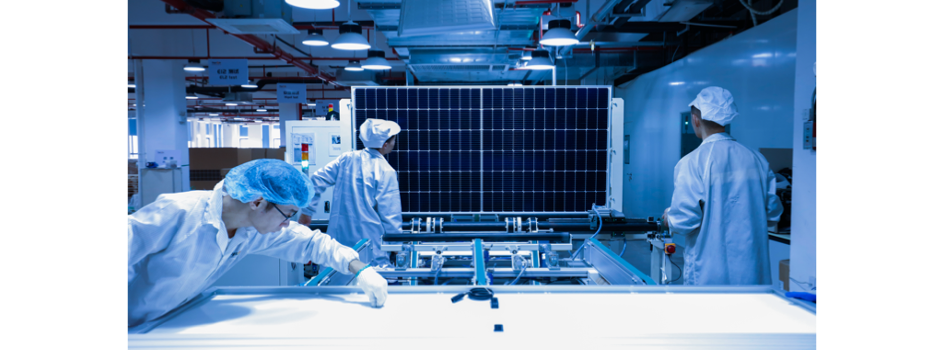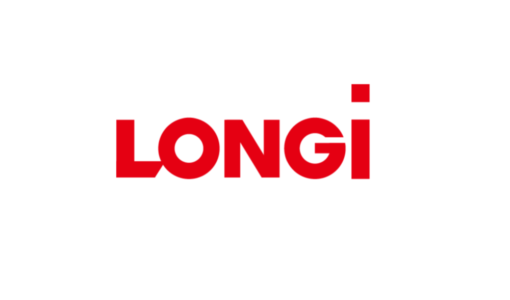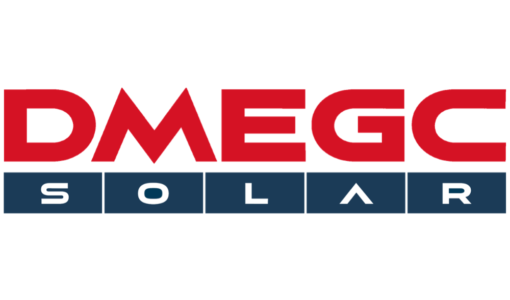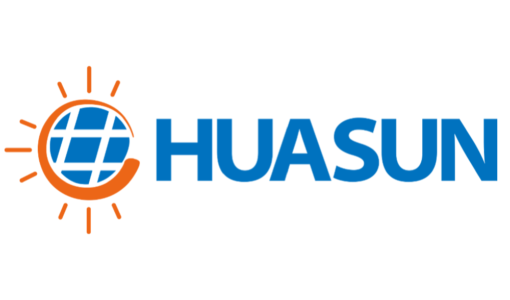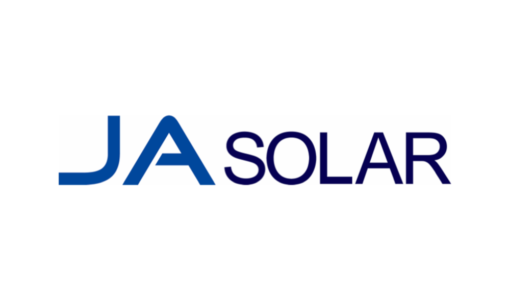- US government starts imposing WRO on certain Chinese products as Roth analysts confirm there are module containers of tier I suppliers being detained by CBP
- Beneficiaries of this situation are most likely to be US cell/module makers First Solar, SunPower and Maxeon Solar
- Roth believes module vendors may attempt to reroute shipments leading to delay in supply
- They expect 2.1 GW of active US projects to be impacted negatively with the module supply crunch in the country
In June 2021, the US government said it will impose WRO or withhold release orders for any Chinese solar modules entering the country with suspected links to polysilicon generated in China’s Xinjiang province where it claims there is rampant forced labor, especially of Uyghur population, unless proven otherwise, which of course isn’t easy at all (see US Government Ban On Xinjiang Produced Solar Products).
Back then, analysts at Roth Capital Partners had opined that the industry is not prepared for a WRO on the largest raw material supplier for polysilicon, Hoshine based out of Xinjiang, China. But the US government is apparently going ahead with the orders as a Roth notes the US Customs and Border Protection Agency (CBP) has detained 100 MW of JinkoSolar modules, apart from Trina Solar and Canadian Solar modules.
“We believe this is a non-trivial action that will ripple its way through the solar ecosystem. Specifically, we would not be surprised to see delays in the arrival of modules as vendors attempt to reroute shipments,” said Philip Shen of Roth.
With China being the world’s largest supplier of solar wafers accounting for 95% to 99% of the global supply, it could take another 6 months to 12 months for a company to develop the ‘traceability capability’ and a much longer time for the world to have another reliable supply chain, according to Roth. Efforts however are being made, for instance JinkoSolar has recently signed up Germany’s Wacker to source 70,000 tons polysilicon made out of the US and Germany. It is also building a 7 GW wafer fab in Vietnam (see JinkoSolar Places 70,000 Ton Polysilicon From Wacker).
Such efforts are also at risk of being thwarted with American solar manufacturers wanting the US government to investigate Chinese companies unlawfully circumventing antidumping and countervailing duties by shipping products from Southeast Asian locations (see US Solar Manufacturers File Petitions Against Chinese).
Post a webinar held by Roth On August 19, 2021, it expects around 2.1 GW of active PV projects in the US to be impacted with the lack of modules, even though 15% of global polysilicon supply is non-China, ‘enough to meet the 30 GW of US solar demand’. To deal with the current deadlocks, US module makers may seek to utilize more manufacturing capacity in Southeast Asia, but it could take more shipping time.
This pops up another question, what will be the fate of the US solar market this year as the government here seems hell bent on ensuring the WRO? Will there be enough capacity build up, as forecast by the US Energy Information Administration (EIA) to 15.7 GW utility scale solar in 2021, and another 5 GW of small scale solar this year? Point to be noted, the Chinese government is yet to make a move.
Till this situation clears up, it is clearly benefiting First Solar, Inc. whose CdTe thin film module technology does not use silicon and hence is not dependent on the Chinese supply, points out Shen. The company obviously knows this and is exploiting it fully with its recent capacity expansion announcements for the US and India (see First Solar To Build 3.3 GW Thin Film Solar Fab In India). Other possible beneficiaries of the situation, according to Roth, include SunPower and its manufacturing spin-off Maxeon Solar Technologies, which is also expanding production facilities in America.
At a broader level, the situation could benefit the rest of the world, including Europe and nations like India that need lots of solar modules to meet their climate targets but are facing a shortage today. And a no from the US could mean they may be able to get these at a discount. At least none of them has indicated to follow the US government’s course. But of course, all this remains to be seen.

